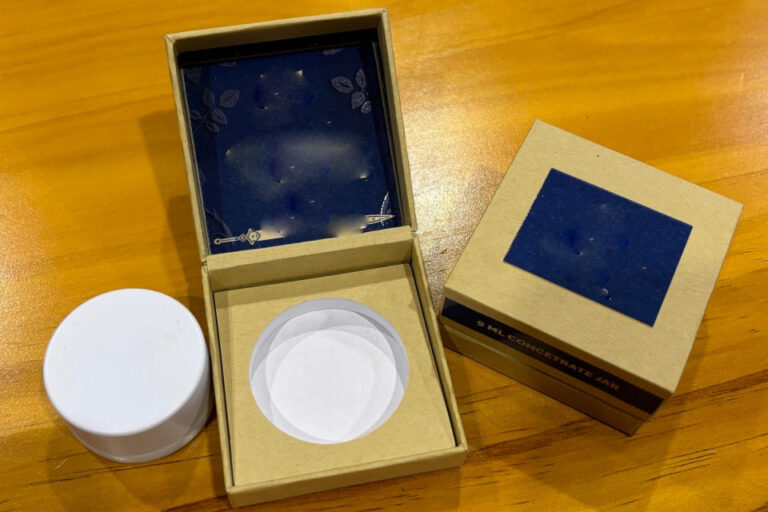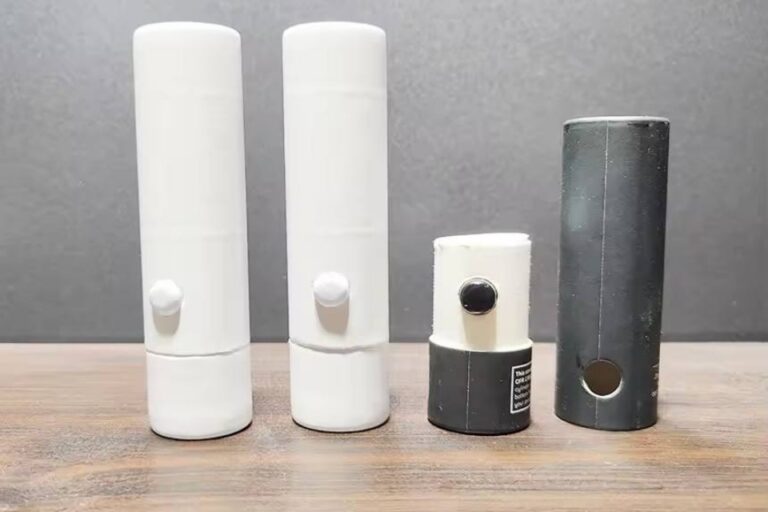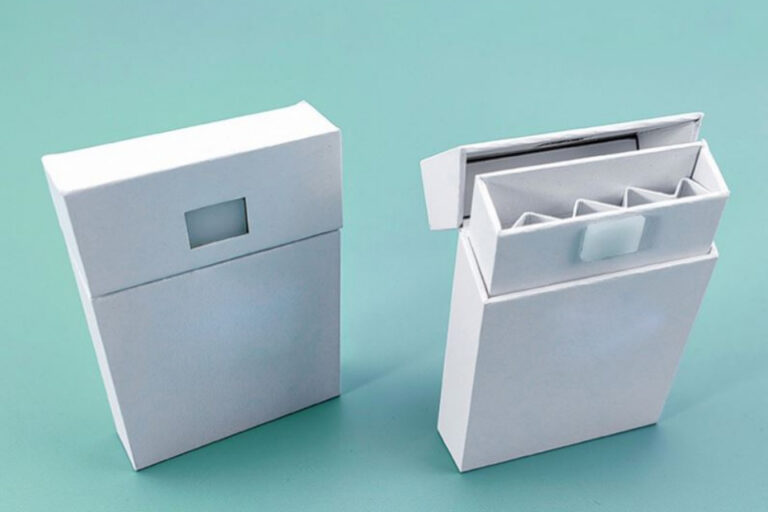-
Gushu Industrial Zone Xixiang Street, Bao'an District, Shenzhen
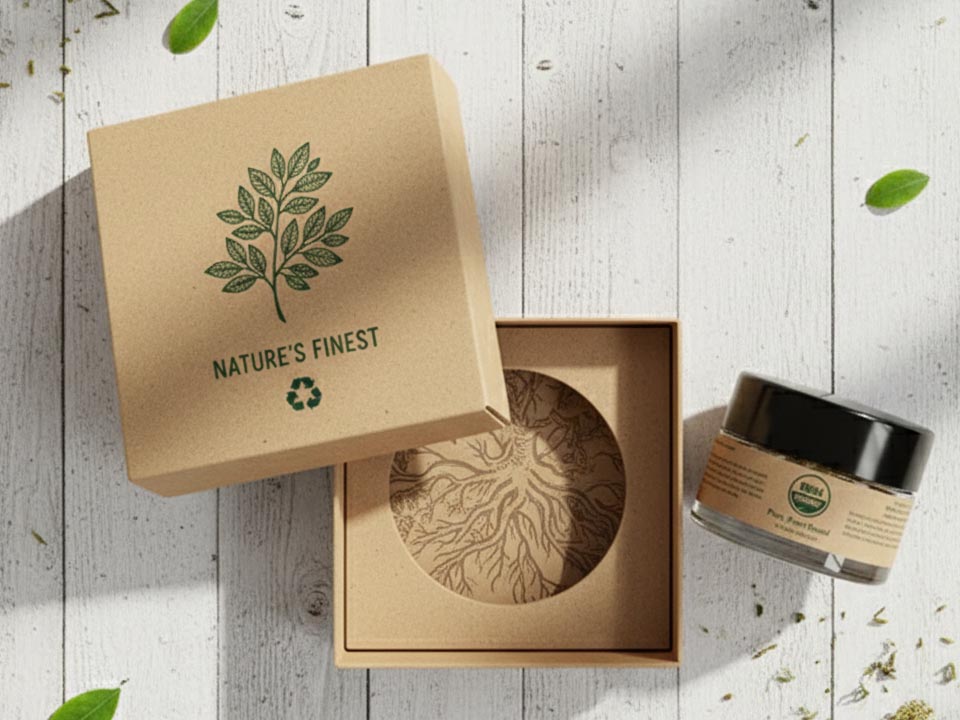
Corrugated Cardboard vs Rigid Box: Environmental Impact
We live in a time when every product comes with a footprint. And packaging sits at that crossroads between function and philosophy.
A box is more than a container — it’s a promise made to your product, your brand, and your planet. The shape you choose whispers your values before a customer ever opens it.
We live in a time when every product comes with a footprint. And packaging sits at that crossroads between function and philosophy. When you pick corrugated or rigid, you’re choosing more than aesthetics — you’re choosing how your brand engages with waste, trust, and legacy. Explore more at Cheap Cannabis Packaging.
Table of Contents
1. The Story of a Box: From Forest to Return
Every box carries hidden chapters. It begins in forests (or post-consumer fiber) and ends in recycling, reuse, or landfill. Corrugated boxes often lean toward regenerative systems: made with high recycled content, designed to fold flat, recycled efficiently, and reborn into new paper cycles. Rigid boxes, typically more processed and laminated, carry more “book pages” in their story — complex layers, adhesives, and finishes make their end-of-life more uncertain.
Corrugated cardboard recycling is among the highest in America: in 2018, of the 33.9 million tons of paperboard items generated, about 32.1 million tons were recycled, giving corrugated an astonishing ~96.5% recycling rate. ([Environmental Protection Agency][1]) Rigid boxes, especially those wrapped in foils, magnetic closures, or specialty coatings, often demand separation and special handling — a risk that parts of the box go unrecycled. For premium cannabis packaging, see our custom magnetic closure boxes.

2. Material Intensity & Carbon in the Build
Corrugated succeeds partly because its fluted structure delivers strength without density. Less material = less carbon. Rigid boxes, by contrast, demand thicker board, multiple layers, richer finishes, and more processing steps — all of which embed more carbon, water, and energy.
Yet it isn’t purely additive. Rigid boxes often live longer. A premium jewelry or tech box may be reused or repurposed by a consumer — that longevity spreads its environmental cost over months or years of use. But only if the box survives and remains desirable. For specialized designs, see our offerings in vape cartridge packaging.
3. Recycling & End-of-Life: The Hidden Complexity
On the surface, “recyclable” sounds simple. But rigid boxes, wrapped in foils, UV varnishes, or glued-in magnets, challenge recycling streams. Many municipal systems will reject them. Corrugated, in contrast, is widely accepted, easily sorted, and readily reprocessed.
But let’s push deeper: recycling is a fallback, not a destiny. A circular economy prefers reuse over recycling. Corrugated boxes are often “single-use recycled”—they become pulp again. But rigid boxes may slip into reuse loops — turned into keepsakes, storage, or secondary containers, delaying the drop into recycling. In a truly circular world, that delay matters more than pure recyclability.
Reusability systems — closed-loop logistics where boxes are returned, cleaned, and redeployed — are viable for corrugated too (especially in supply chains). ([Wikipedia][2]) But they’re harder when the box is fragile, laminated, or decorative. Browse our pre-roll packaging to see how modular design can aid end-of-life.
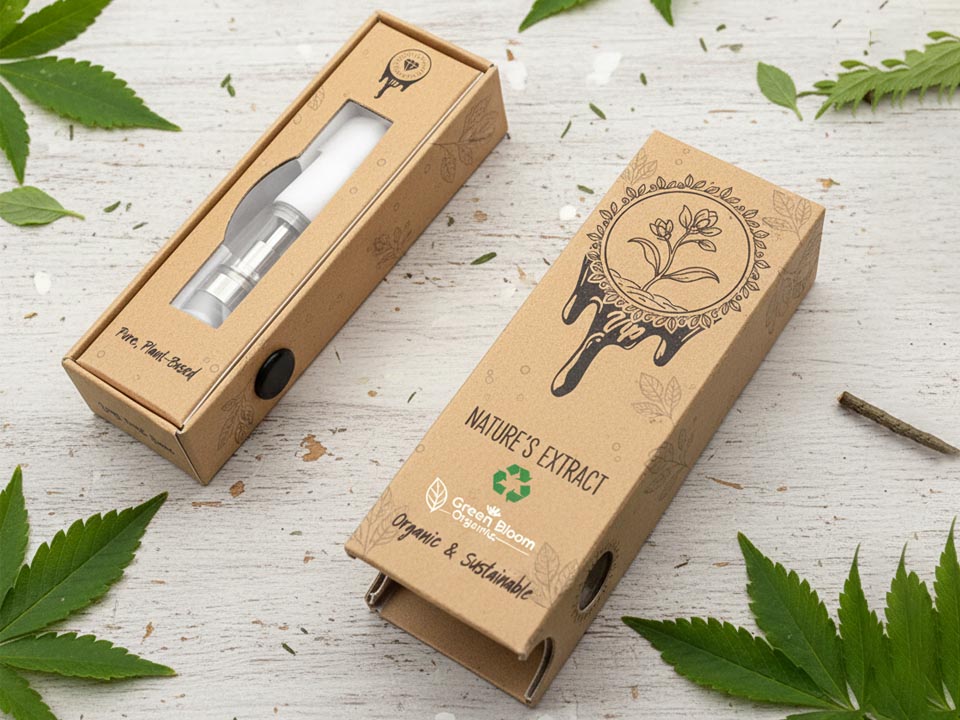
4. Impact Beyond Disposal: Shipping, Storage & Emissions
A heavier, rigid box doesn’t just cost more to make — it costs more to ship. Corrugated’s lightweight and collapsibility reduce shipping volume and fuel overhead. In global logistics, that removes tens of kilograms of CO₂ per thousand parcels.
Rigid boxes often ship flat, but once formed, they occupy full volume. They may demand more warehouse space, more fuel to move empty boxes, and more inertia in supply chains. The environmental cost is both in the materials and the motion.
5. Emotional Weight & Consumer Psychology
We can’t ignore emotion. People treat rigid boxes differently. They carry weight, quality, permanence. They last on shelves, get reused as keepsakes. That emotional value can justify extra impact — but only when that value is real. If rigid boxes are built cheaply, feel papery, or peel apart, the promise is betrayed.
Corrugated is humble; it’s the workhorse outside a gift box. In e-commerce and transit, it’s reliable and forgiving. When consumers get a corrugated box with strong branding, the story becomes: “we care about shipping, cost, and environment.” That narrative aligns with modern values.
6. Navigating the Trade-offs: How to Choose Consciously
- Hybrid strategy: Use a rigid outer shell, but surround it with corrugated transit protection.
- Material minimalism: Strip foils, liners, magnets when unnecessary.
- Modular design: Allow major parts to disconnect for recycling.
- Track real impact: Use life cycle assessments (LCAs) tailored to your materials, routes, and waste systems.
- Close-the-loop mentality: Encourage box returns, reuse, or repurposing incentives.
The “right” box isn’t always pure corrugated or rigid — it’s the one where design, use, and end-of-life align. For custom projects, visit our customization services.
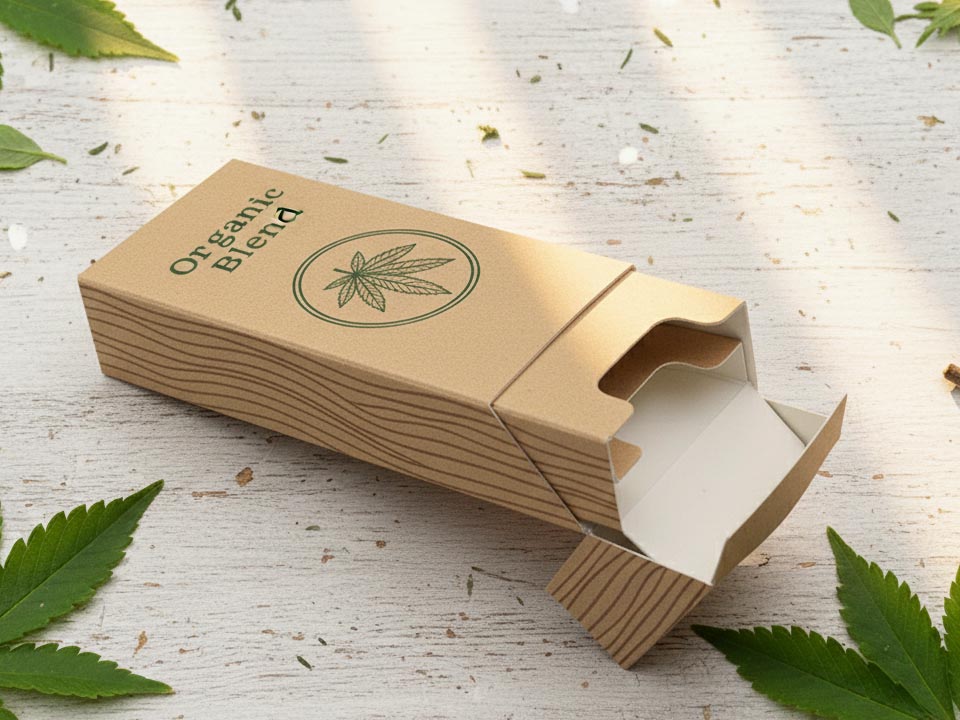
Final Reflection
Corrugated cardboard tells the story of cycles — use, recover, repurpose, repeat. Rigid boxes tell a story of permanence, luxury, and memory. Neither is perfect; each asks you to weigh your brand promise against ecology, cost, and consumer behavior.
But here’s the deeper truth: how you package your product becomes part of your commitment. A box that fails to live gracefully in the world is a broken promise. Choose not just for appearance or shelf impact — choose for the lifetime of that package in the world.
Packaging — done thoughtfully — can become your quiet manifesto. Learn more or get help at Contact Us and explore how we bring these values into your project.
Comments
ASTM D3475 Bulk Wholesale Packaging cannabis branding cannabis packaging cannabis packaging compliance cannabis packaging wholesale Cheap Cannabis Packaging child-resistant child-resistant packaging child resistant cannabis packaging child resistant packaging child resistant pre roll boxes child resistant pre roll packaging child resistant vape packaging China packaging manufacturer Concentrate Container Packaging custom cannabis packaging custom pre roll boxes custom vape boxes eco friendly packaging ISO 8317 magnetic closure box marijuana packaging OEM/ODM OEM/ODM cannabis packaging OEM/ODM Wholesale OEM ODM Cannabis Packaging OEM ODM Packaging paper tube packaging PPPA 16 CFR 1700 pre-roll packaging Pre Roll Multipack Boxes Pre Roll Packaging sustainable cannabis packaging Sustainable Packaging Sustainable Vape Packaging tamper-evident Tamper-Evident Packaging Vape Cartridge Boxes vape cartridge packaging wholesale cannabis packaging Zhibang Zhibang cannabis packaging Zhibang China factory Zhibang packaging

